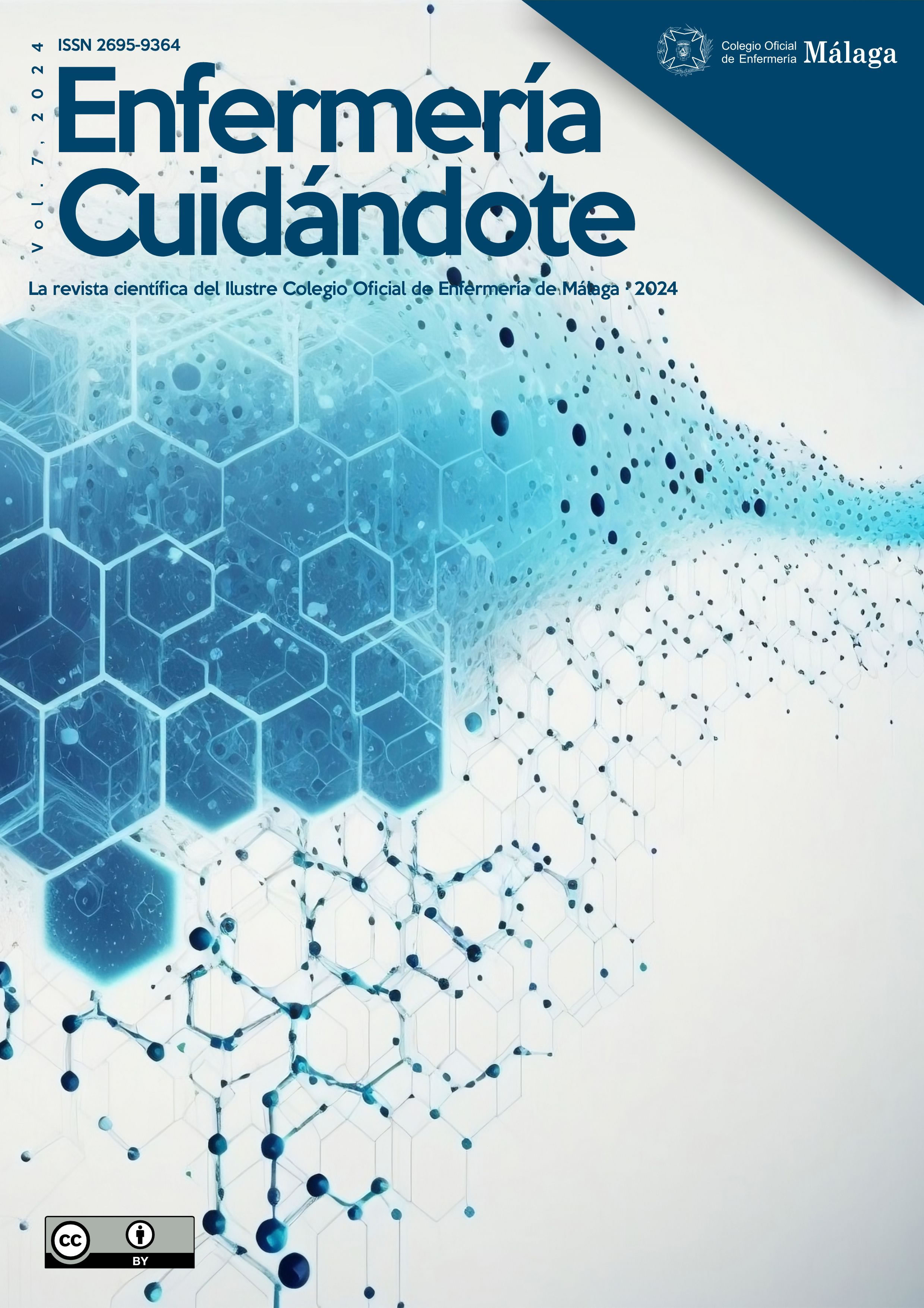Patient safety culture in Emergency Department nurses
DOI:
https://doi.org/10.51326/ec.7.7240901Keywords:
Emergency Department, Nursing Staff, Patient Safety, Quality of Health CareAbstract
Introduction: The World Health Organization estimates that 1 in 10 patients in industrialized countries is a victim of adverse events in their health care. The increasing demand on the emergency department may imply an increased risk of adverse events as a consequence of care in less than ideal conditions. The head nurse of the adult emergency department reported 149 adverse events during the first quarter of 2021, and only 83% of the nursing notes were evaluated as correct.
Objectives: Determine the perception of the degree of Patient Safety according to the professional nursing staff of the HCH Adult Emergency Department in 2022.
Method: Descriptive, cross-sectional, quantitative, non-experimental design study. The Hospital Survey on Patient Safety Questionnaire (Spanish version), which was modified by the researcher and validated by experts, was used for data collection.
Results: The perception of the degree of SP by the professional nursing staff was 5.15, with a range from 0 to 10 (SD 1.66). The dimension with the highest percentage was "Organizational learning/continuous improvement", 61.1% and the lowest was "Staffing", 36.1%.
Conclusions: The perception of patient safety was Good according to the average obtained in the study.
Downloads
References
Organización Mundial de la Salud. Ginebra: Organización Mundial de la Salud; 2024. Seguridad del paciente; 11 de septiembre de 2023. Disponible en: https://www.who.int/es/news-room/fact-sheets/detail/patient-safety [Consultado 30-11-2022]
Ministerio de Salud. Dirección General de Salud de las Personas. Sistema de Gestión de la Calidad en Salud. Lima: Ministerio de Salud; 2007. Disponible en: http://bvs.minsa.gob.pe/local/dgsp/000_SGCALIDAD-1.pdf [Consultado 30-11-2022]
Potter PA, Perry AG, Stockert PA, Hall A. Fundamentos de enfermería. Madrid: Elsevier; 2019.
Makary MA, Daniel M. Medical error-the third leading cause of death in the US. BMJ. 2016;353:i2139. https://doi.org/10.1136/bmj.i2139
Aranaz-Andrés JM, Aibar-Remón C, Limón-Ramírez R, Amarilla A, Restrepo FR, Urroz O, et al. Prevalence of adverse events in the hospitals of five Latin American countries: results of the 'Iberoamerican Study of Adverse Events' (IBEAS). BMJ Qual Saf. 2011;20(12):1043-51. https://doi.org/10.1136/bmjqs.2011.051284
Tomás S, Gimena I. La seguridad del paciente en urgencias y emergencias. An Sist Sanit Navar. 2010;33(Supl 1):131-48. Disponible en: http://scielo.isciii.es/scielo.php?script=sci_arttext&pid=S1137-66272010000200015&lng=es&tlng=es [Consultado 30-11-2022]
Hospital Nacional Cayetano Heredia. Oficina de Estadística e Informática. Lima: Hospital Nacional Cayetano Heredia; 2024. Disponible en: https://www.hospitalcayetano.gob.pe/PortalWeb/pages/oficina-de-estadistica-e-informatica.php [23-11-2022]
Hernández Sampieri R, Fernández Collado C, Baptista Lucio MP. Metodología de la investigación. 5ª ed. México, DF: McGraw Hill; 2010.
Cuestionario sobre seguridad de los pacientes: versión española del Hospital Survey on Patient Safety. Madrid: Ministerio de Sanidad y Consumo; 2005. Disponible en: https://seguridaddelpaciente.sanidad.gob.es/informacion/publicaciones/2007/docs/CuestionarioSeguridadPacientes.pdf [Consultado 23-11-2022]
Durgun H, Kaya H. The attitudes of emergency department nurses towards patient safety. Int Emerg Nurs. 2018;40:29-32. https://doi.org/10.1016/j.ienj.2017.11.001
Santos Silva A. Cultura de seguridad del paciente en Enfermeras de Cuidados Críticos Pediátricos y Neonatales [Trabajo de Fin de Máster]. Oviedo: Universidad de Oviedo; 2021. Disponible en: https://digibuo.uniovi.es/dspace/bitstream/handle/10651/58284/TFM_AdrielleDosSantosSilva.pdf?sequence=3&isAllowed=y [Consultado 15-11-2022]
Hernández-Montes YM, Valle-Alonso J, García-Jiménez CM, Lopera-Lopera E, Luna-Chamizo R, Fernández-Bejarano JA. Cultura de seguridad del paciente en el servicio de urgencias del Sistema Andaluz de Salud. Rev CONAMED. 2013;18(4):148-56. Disponible en: https://biblat.unam.mx/hevila/RevistaCONAMED/2013/vol18/no4/1.pdf [Consultado 15-11-2022]
Aouicha W, Tlili MA, Sahli J, Dhiab MB, Chelbi S, Mtiraoui A, et al. Exploring patient safety culture in emergency departments: A Tunisian perspective. Int Emerg Nurs. 2021;54:100941. https://doi.org/10.1016/j.ienj.2020.100941
Etchegaray JM, Thomas EJ. Comparing two safety culture surveys: safety attitudes questionnaire and hospital survey on patient safety. BMJ Qual Saf. 2012;21(6):490-8. https://doi.org/10.1136/bmjqs-2011-000449
El-Jardali F, Jaafar M, Dimassi H, Jamal D, Hamdan R. The current state of patient safety culture in Lebanese hospitals: a study at baseline. Int J Qual Health Care. 2010;22(5):386-95. https://doi.org/10.1093/intqhc/mzq047




















